A second study from manufacturers of food packaging aims to drive home the point that the products from those companies are not too contaminated for curbside recycling.
The recently conducted effort from the Foodservice Packaging Institute follows the first segment of the report, which was released at the end of last year.
The latest research looked at a sampling of 2,600 pounds of residential recyclables collected in southern Delaware. Researchers separated the material into two categories – foodservice packaging and other packaging in contact with food – and then went through the loads on an item-by-item basis. Products were given one of three ratings: high food residue contamination, medium or low.
The two categories proved to have roughly the same proportion of low- and high-level contaminated products, according to FPI’s report. The foodservice packaging had a slightly higher proportion of medium-level contamination.
FPI’s earlier study, which looked at samples collected in Boston, found roughly similar contamination levels across the board when looking at foodservice packaging and other materials that came into contact with food residue. Together, FPI stated, the two studies indicate tubs, lids and other material categories in the foodservice realm should be regularly included in residential recycling streams.
“One of the most common reasons that municipal programs do not accept foodservice packaging is the concern about increased levels of food contamination in recyclables,” Lynn M. Dyer, president of FPI, said in a press release. “The encouraging results of the Delaware study provide us a different representative sample of food residue on foodservice packaging. They assist in corroborating our findings of foodservice packaging residue as a perceived barrier in recycling programs rather than a real obstacle.”
 Lawmakers support a landfill fee that funds recycling in one state, and an Arkansas community sees its contamination rate settle after multiple years of dramatic increases.
Lawmakers support a landfill fee that funds recycling in one state, and an Arkansas community sees its contamination rate settle after multiple years of dramatic increases.

 A state-chartered fund involving public and private interests is helping expand and improve recycling in Connecticut.
A state-chartered fund involving public and private interests is helping expand and improve recycling in Connecticut.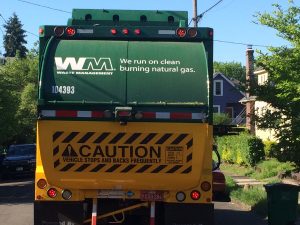 A Waste Management leader’s thoughts on contamination in the material stream and the possibility of a ban on imports of recycled materials into China drew our readers’ clicks last month.
A Waste Management leader’s thoughts on contamination in the material stream and the possibility of a ban on imports of recycled materials into China drew our readers’ clicks last month. Starting in October, shoppers in America’s largest city will be charged a nickel for each paper or plastic bag they are given at checkout.
Starting in October, shoppers in America’s largest city will be charged a nickel for each paper or plastic bag they are given at checkout.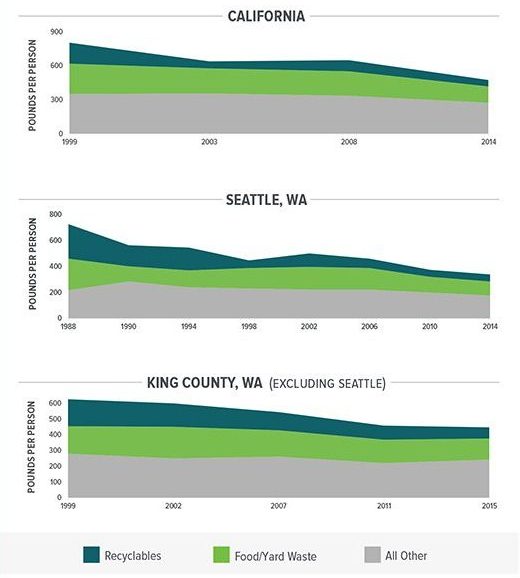 Data Corner is compiled monthly by recycling consultancy
Data Corner is compiled monthly by recycling consultancy 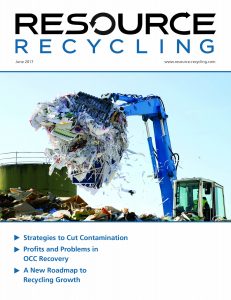
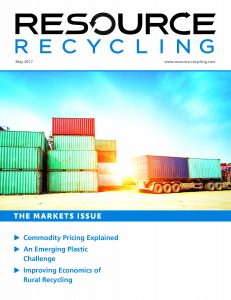
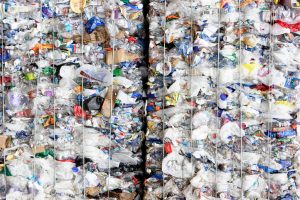 Greg Janson of plastics reclaimer QRS Recycling knows all too well what happens when material suppliers aren’t informed about load quality.
Greg Janson of plastics reclaimer QRS Recycling knows all too well what happens when material suppliers aren’t informed about load quality.